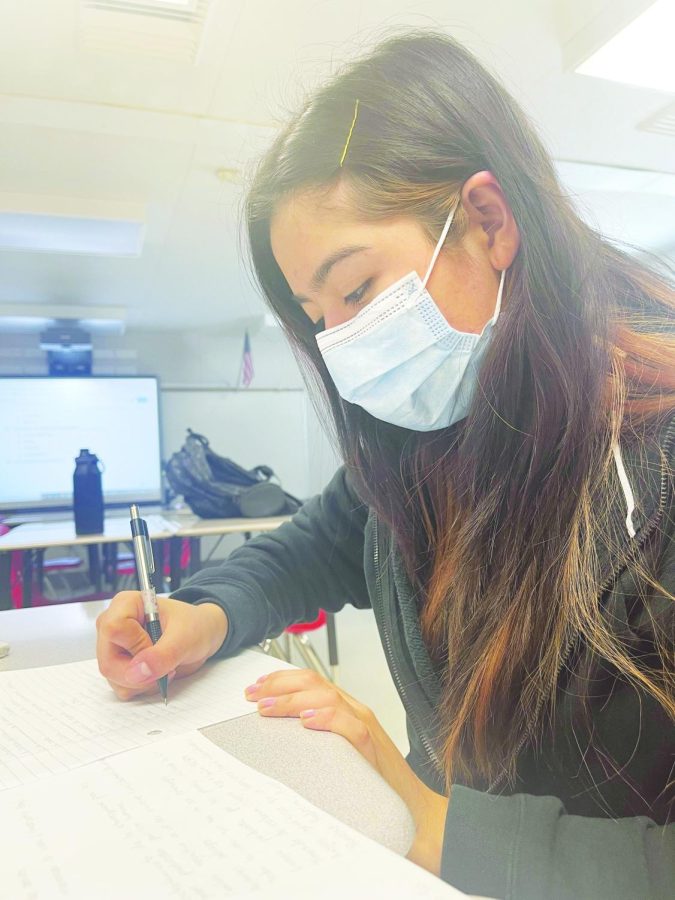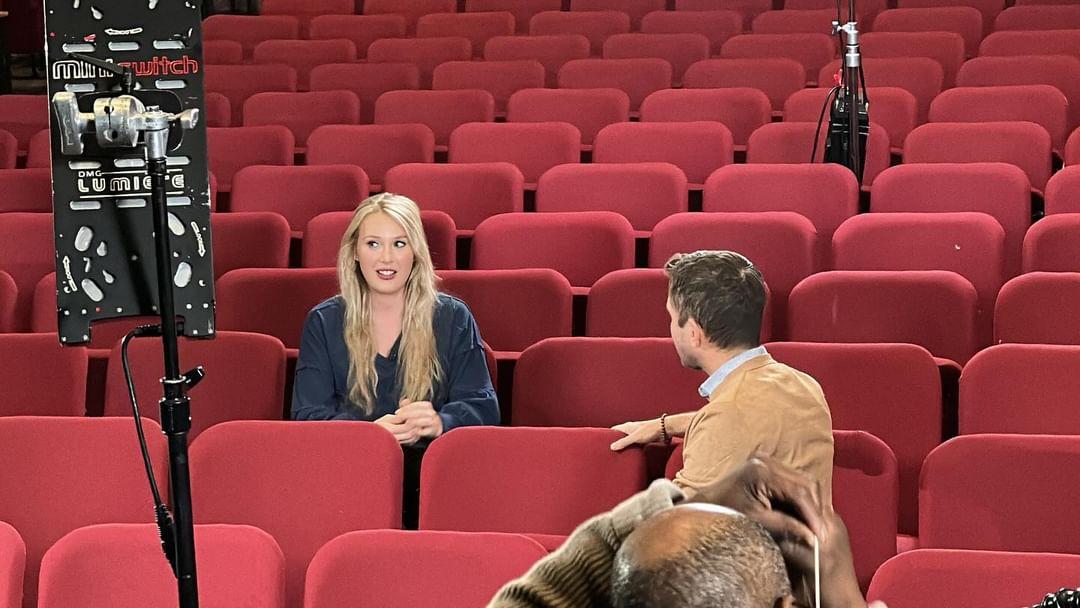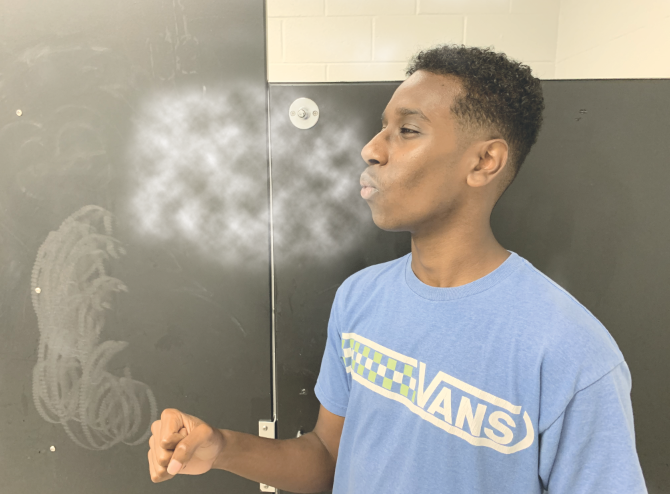 Sexting, which deals with the sending of sexually explicit messages or photographs via an electronic device, is an issue of great concern among parents and is often discussed in relation to its prominence among teenagers. However, according to Kimberly Mitchell, the lead author of a study released in the journal Pediatric, sexting is not as common as many people believe, is not as drastic in terms of the content of teenagers’ messages and is not a reason for panic among parents.
Sexting, which deals with the sending of sexually explicit messages or photographs via an electronic device, is an issue of great concern among parents and is often discussed in relation to its prominence among teenagers. However, according to Kimberly Mitchell, the lead author of a study released in the journal Pediatric, sexting is not as common as many people believe, is not as drastic in terms of the content of teenagers’ messages and is not a reason for panic among parents.
Based on the study, which involved phone interviews with 1,560 Internet users between the ages of 10 and 17, slightly less than ten percent of teenagers reported creating, appearing in or receiving “sexually suggestive” images. This includes images of kids and teenagers in underwear, swimsuits or clothed “sexy poses.”
Meanwhile, only one percent of those interviewed reported taking a photo or video of themselves that depicted sexual activity or naked breasts, genitals or backsides. In addition, six percent reported receiving such an image, a percentage much lower than the 20 percent of teenagers that reported sending or posting sexual photos of themselves as part of a 2008 survey.
“A lot of the teenagers participate in sexting because it’s hormones and teenagers don’t really think about the long-term consequences, they think about the short term,” Mary said. “They think they can trust whoever they’re sending it to, but they really can’t.”
“I think most teens have witnessed sexting or have done it themselves,” sophomore Steven Schwartz said. “I think they mostly do it for attention or popularity.”
This was the case with Mary, whose photo was circulated among students at AHS after she made the decision to sext.
“I learned the second that I sent it that it was a bad idea,” Mary said.
Grounded for months and enrolled in an oral counseling session with School Resource Officer Warren McGee, Mary avoided arrest “because I didn’t do it in school, I did it at home.” This was a relatively light punishment, as Mary could have been tried for a felony under Virginia law. According to the law, the production, possession and distribution of child pornography, as well as the use of communications systems to facilitate the production of child pornography, are all classified as major offenses.
Although Mary avoided arrest, she could do nothing to escape the social consequences of sexting, which she was forced to face day after day at school.
“I got really depressed and I thought that everyone was out to get me,” Mary said. “I lost a lot of friends, but I also gained a few; I learned who the real friends were. I felt like I had a lot of support, but it was really hard because I got harassed like a million times a day.”
The harassment did not stop at school, however, as Mary was also targeted online and via cell phone, the device that began her problems.
“I got random texts about it saying ‘you’re a whore, you’re a slut, everyone hates you, you’re really easy,'” she said. “And then I got things on Facebook about it and people were calling me off in the hallways about it.”
Whether or not the results of the study are entirely accurate, it is evident that sexting effects the lives of at least a small percentage of high school students. Without fully recognizing the consequences of his or her actions, one can always succumb to the pressures of sexting, a circumstance that has forever changed Mary’s outlook on the practice.
“It’s really bad and you should never do it, not even a pic of you in booty shorts and a tank top, just don’t ever send a pic of yourself,” Mary said. “When you’re thinking of sending a pic, just don’t.”











